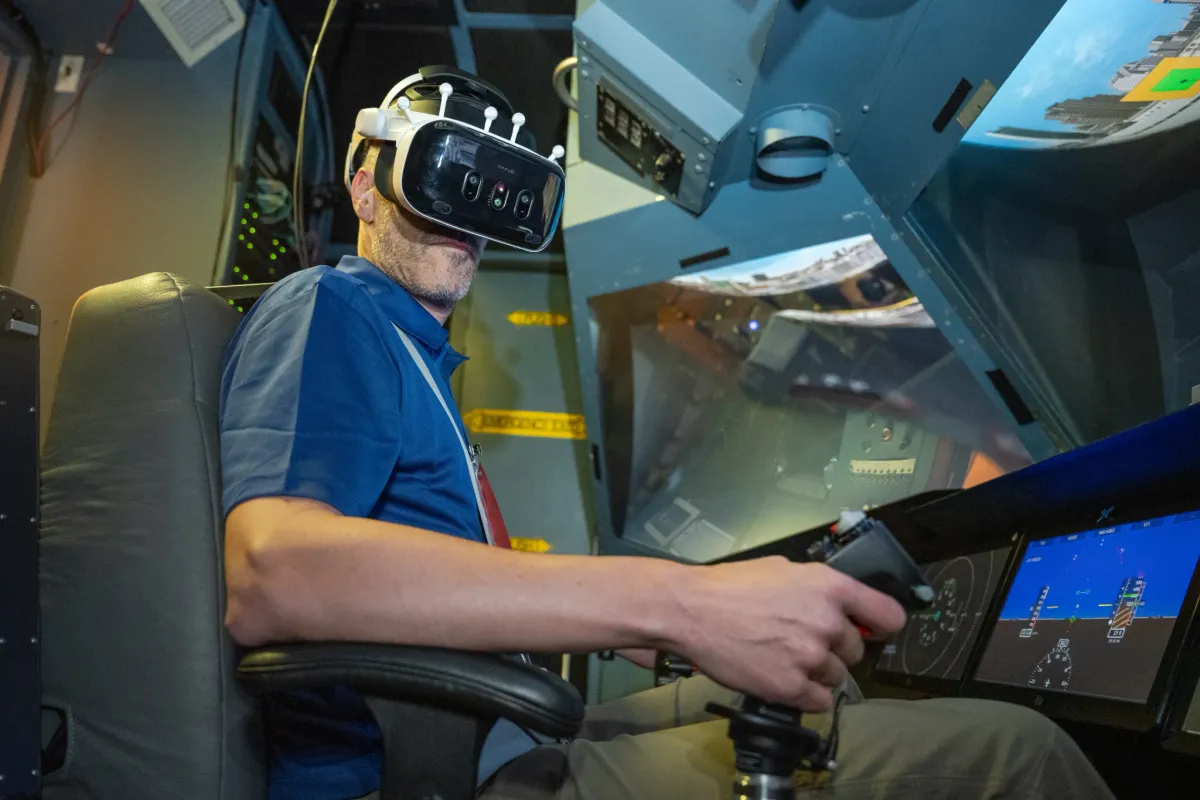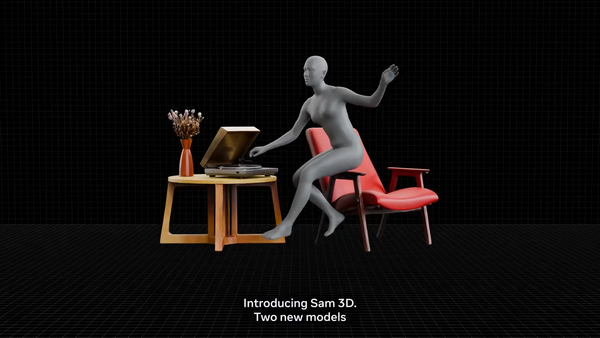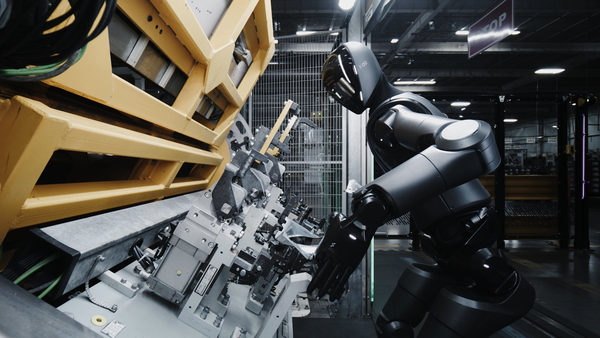NASA Conducts Mixed Reality Flight Sim Test in World’s Largest Simulator

- Twelve pilots tested a mixed reality cockpit inside the Vertical Motion Simulator at Ames.
- Early feedback highlighted reduced motion sickness and stronger realism than prior setups.
NASA’s Ames Research Center has completed the first test of a mixed reality flight simulation inside the Vertical Motion Simulator (VMS), the world’s largest facility of its kind. The study involved 12 pilots performing three flight maneuvers while wearing mixed reality headsets simulating a cockpit of an electric vertical take-off and landing vehicle.
“For the first time, we’re collecting real data on how this type of mixed reality simulation performs in the highest-fidelity vertical motion simulator,” said Peter Zaal, a principal systems architect at Ames, in a news release on the NASA website. “The more we understand about how these systems affect pilot performance, the closer we are to providing a safer, cost-effective training tool to the aviation community that could benefit everyone from commercial airlines to future air taxi operators.”
Wearing headsets, the pilots viewed both the physical cockpit controls and a virtual overlay of a next-generation aircraft. The display projected a simulated view of San Francisco through the windscreen, blending physical elements with virtual surroundings. Afterward, pilots evaluated their motion sickness levels and how well the system replicated real flight behavior.
According to NASA, mixed reality systems offer a smaller and more affordable alternative to traditional flight simulators by replacing large, embedded visuals with headset-based displays. This study aims to address the gap in regulators ' limited data on how these systems perform. NASA plans to share its results publicly next year to support future training standards.
🌀 Tom’s Take:
When NASA evaluates MR for simulation, it's a clear sign that this immersive technology is ready to transform training. This is a crucial test for NASA because it will not only confirm the cost savings MR can offer but, more importantly, will give regulators the essential data they need to certify MR's effectiveness.
Source: NASA






